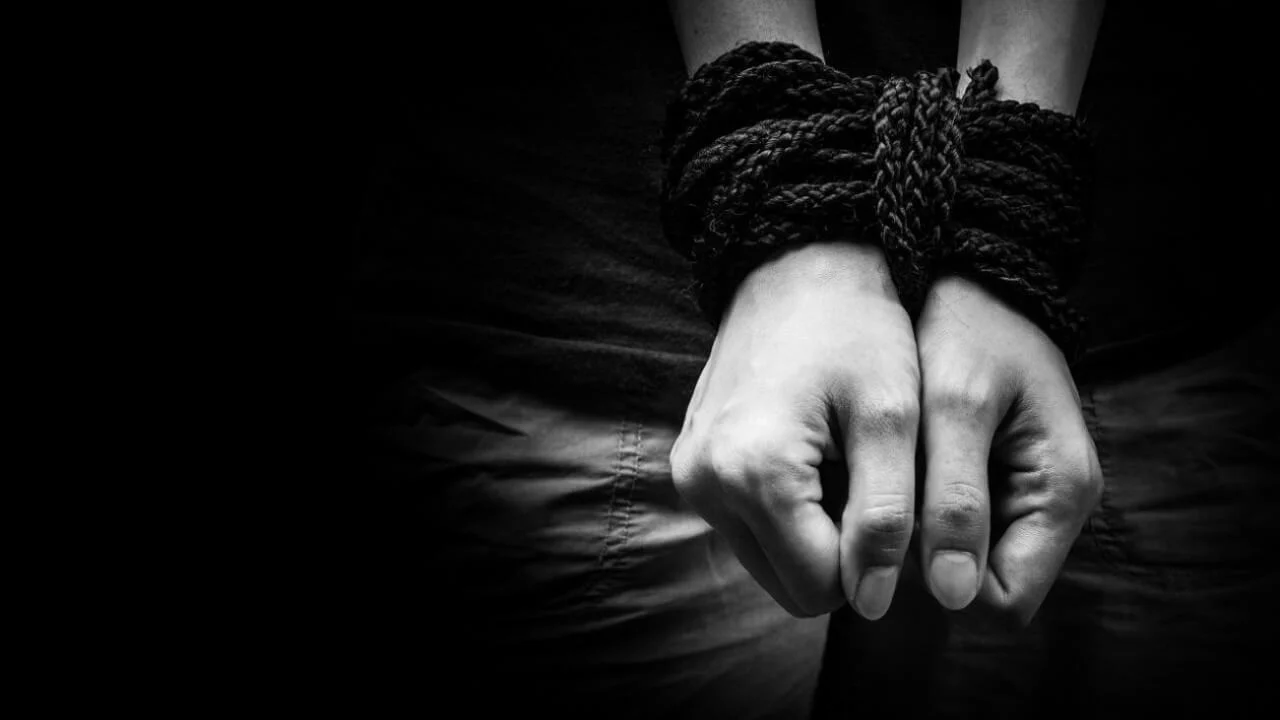
NGOCSTIP – Hidden victims of trafficking often live among us—unnoticed, unheard, and tragically unsupported. While public awareness around human trafficking has grown in recent years, many victims remain invisible due to fear, stigma, and systemic neglect. These individuals suffer in silence, sometimes for years, without anyone recognizing the signs of abuse, coercion, or exploitation.
They may work as domestic workers trapped in private homes, endure forced labor or sex work as children, face manipulation into servitude as undocumented migrants, or carry stories buried under complex layers of trauma. To identify and support these victims, people must do more than raise awareness—they must act with compassion, take decisive steps, and be willing to look beyond the surface.
There are many reasons why trafficking victims remain hidden. In many cases, traffickers use threats, manipulation, and violence to keep them silent. Victims may fear retaliation, deportation, or arrest if they speak out. Language barriers, lack of education, or unfamiliarity with their rights can also prevent them from seeking help.
Some are conditioned to believe they are to blame for their situation. Others have been trafficked by family members or people they once trusted, making it even harder to come forward. In many societies, shame and stigma associated with being a victim of trafficking can discourage people from revealing their stories.
“Read about: Trafficking for Military Exploitation: A Hidden Weapon in Global Conflict”
While anyone can be trafficked, certain groups are more vulnerable and more likely to go unnoticed:
Traffickers often hide these individuals because their circumstances make it easier, and society finds it harder to recognize them as victims.
Many hidden victims are not physically restrained, but they are mentally and emotionally trapped. Spotting the signs of trafficking requires a trained eye and deep awareness. Here are some red flags:
These indicators should never be ignored. Recognizing these signs can be the first step in saving a life.
“Read more: A Plant-Based Symphony: Dining at Eleven Madison Park”
The community plays a crucial role in identifying and protecting hidden victims. Teachers, healthcare workers, social service providers, law enforcement, and even neighbors must learn to recognize subtle cues and act responsibly. Moreover, training programs and public campaigns can equip individuals with the tools to intervene safely and appropriately.
Furthermore, governments and NGOs need to build support systems that are both accessible and culturally sensitive. They must provide safe shelters, offer legal aid, deliver trauma counseling, and create reintegration programs that directly address the specific needs of each victim group—particularly those who face the greatest vulnerability.
The best insight into the lives of hidden trafficking victims often comes from survivors themselves. Their stories reveal how traffickers manipulate trust, how victims can remain unnoticed for years, and how healing becomes possible only with consistent support and understanding.
By creating safe spaces for survivors to speak—and believing them when they do—we break the silence surrounding their suffering. Their voices can inform policy, reshape services, and inspire others to seek help.